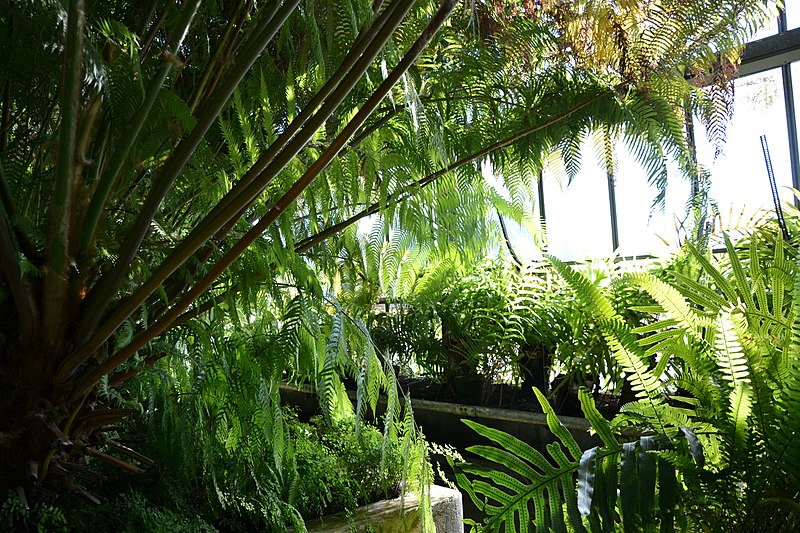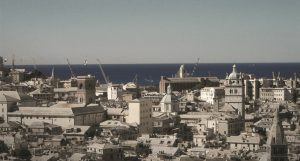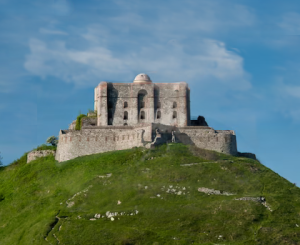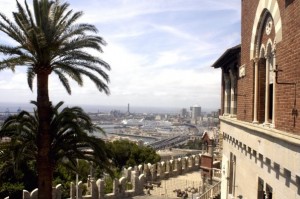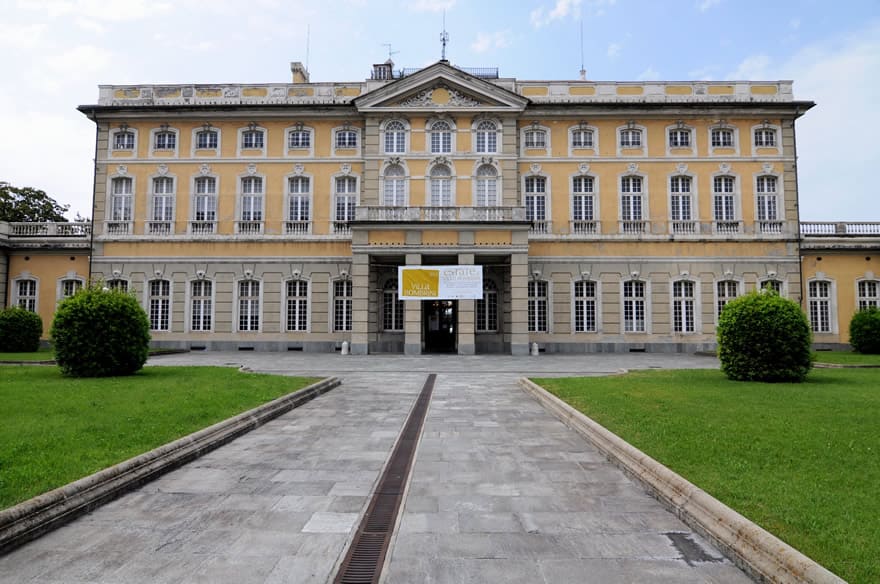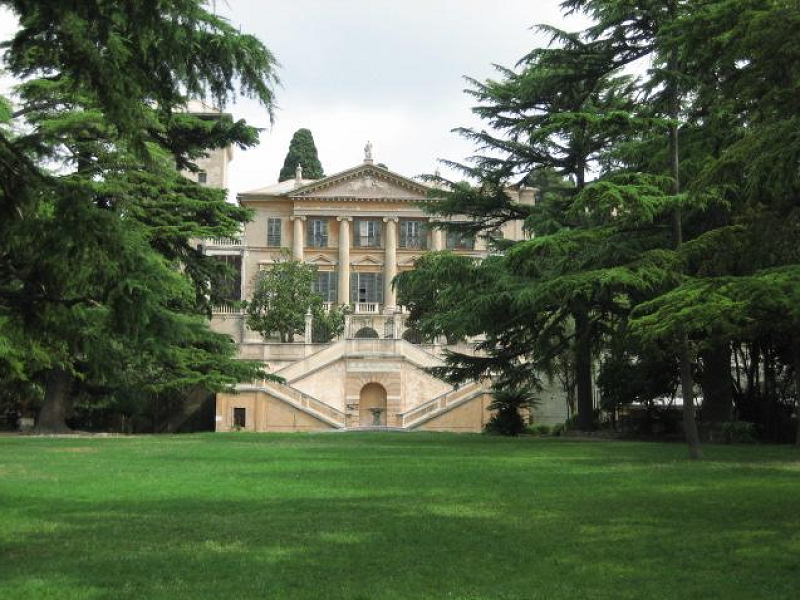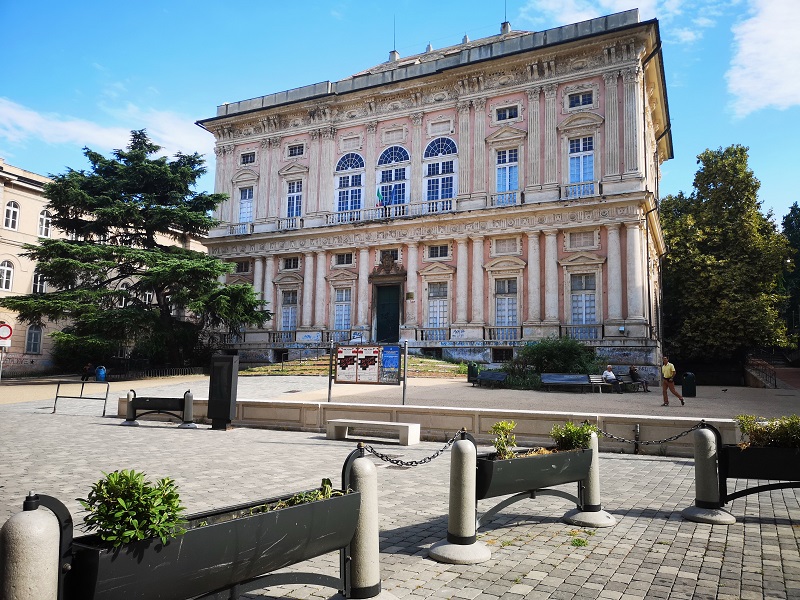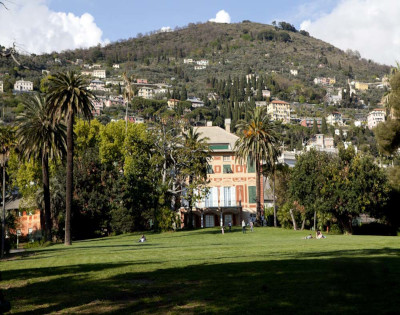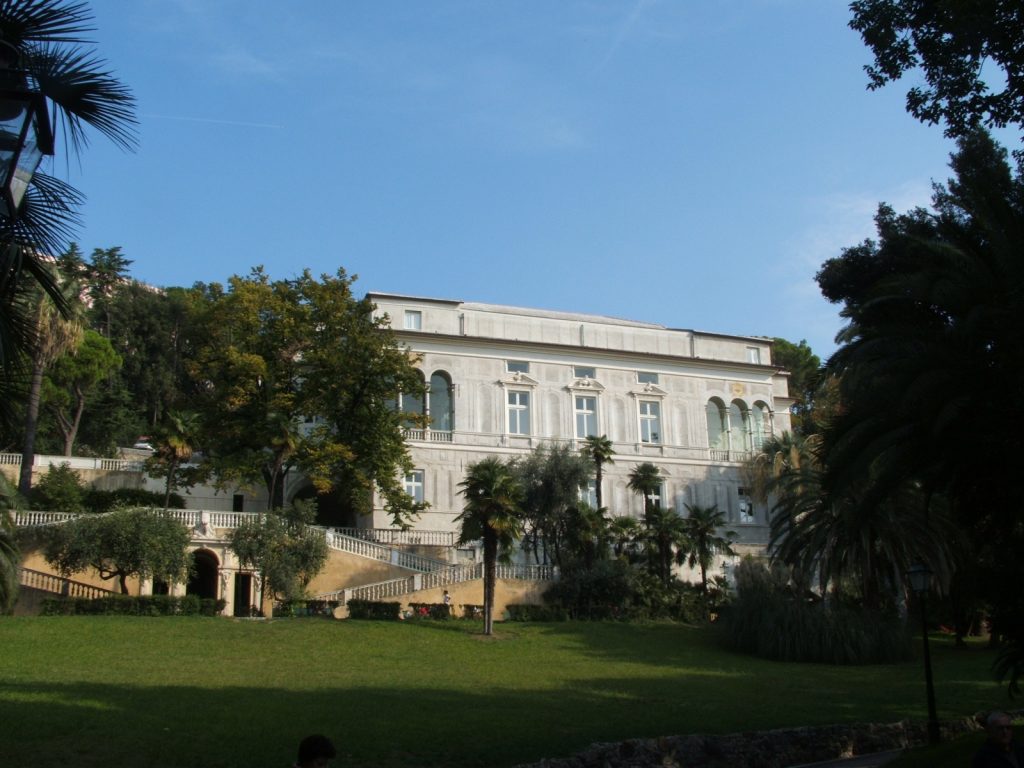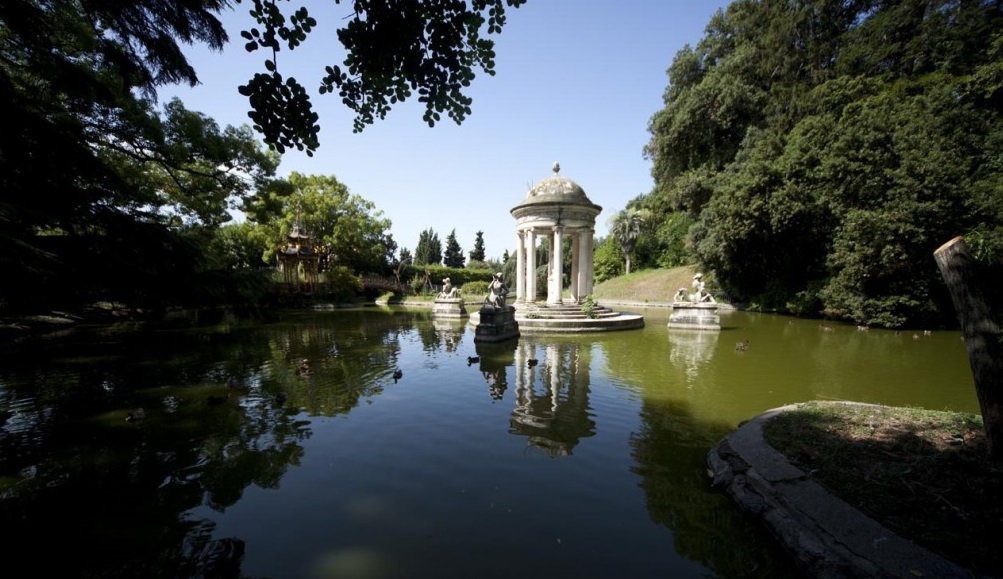The Botanical Garden of the University of Genoa extends for approximately one hectare on the ancient farms of Pietraminuta, near the Albergo dei Poveri, in the Castelletto district (go to route 7).
It was established in 1803 with the acquisition of a small portion of approximately 2000 square meters of the ancient estate of the College of San Gerolamo in Balbi, owned by the Jesuits.
It developed rapidly thanks also to the skills of its first director, Viviani: within a few years of its foundation, it came to possess 1011 taxa, especially medicinal plants of European origin, but also species of great importance such as very tall cypresses, an old cedar of Lebanon, a majestic Firmiana simplex and a sequoia.
The Botanical Garden also had a thriving research centre, a rich library and a sizable herbarium. In 1835 the University acquired a further 4,000 square meters distributed over two large terraces, four years later the management was assumed by Professor Giuseppe De Notaris, a man of great scientific and didactic talent, who gave a great impetus to the development of the garden.
Despite the damage suffered by the historic frost of the winter of 1845-46, some species from that period are still present today, such as tree ferns and two stupendous Angiopteris evecta. He followed the direction of Ottone Penzig, which led to collaboration with the English baronet Sir Thomas Hanbury, with whom it was decided to build the new Institute of Botany, which in 1929 became an internationally renowned study center with collections of inestimable value.
The bombing and destruction of the Institute during the Second World War brought profound changes to the physiognomy of the garden, which suffered extensive damage. In the following years the Botanical Garden was brought back to its former splendor also thanks to the new director Rodolfo Pichi Sermolli (1958-72), who equipped it with modern automatic opening, thermoregulation, watering and humidification systems.
The Botanical Garden is located in the ancient historical center of the city and includes six greenhouses built on three different floors which reproduce various environmental situations.
The specimens present in the Botanical Garden currently number around 4000 units, representing approximately 2000 taxa. The six greenhouses present host the collection of ferns with monumental specimens, often tall tropical fruit-bearing trees (Ficus, Sterculia, banana trees, sugar cane, cocoa), tropical aquatic plants, epiphytic orchids, pepper, vanilla, coffee, succulent plants (Aloe, Euphorbia, Agave), Cycadaceae, carnivorous plants.
Outside, noteworthy are the Australian plants sector which houses a specimen of Wollemi pine, two arboretums and the path of medicinal plants, recently renovated by the Association of Friends of the Botanical Garden of Genoa, cedars of Lebanon, cypresses and sequoias even over one hundred years old .
The Garden is also equipped with a specialist library.
The free guided tours are carried out upon reservation by Amici dell’orto botanico (For information and reservations 334 6060149 / 010 2099376).

